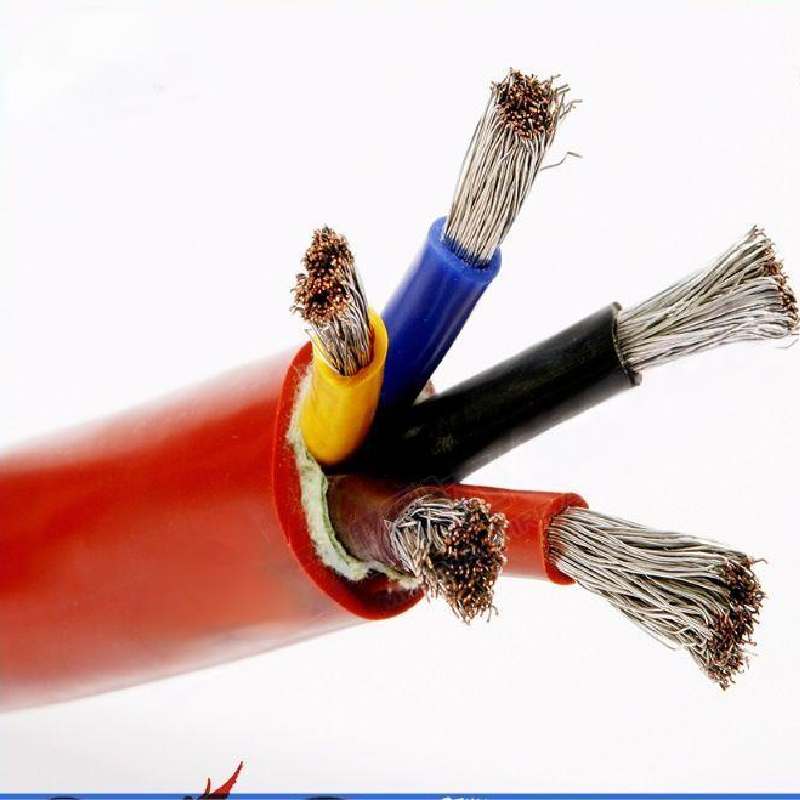Nov . 11, 2024 14:34 Back to list
wafer type butterfly valve dimension
Understanding Wafer Type Butterfly Valve Dimensions
Butterfly valves are integral components in governing the flow of fluids in various industrial applications. Among the many variants of butterfly valves, the wafer type has gained significant attention due to its unique design and effective functionality. This article delves into the dimensions relevant to wafer type butterfly valves, highlighting their importance, characteristics, and application scenarios.
What is a Wafer Type Butterfly Valve?
A wafer type butterfly valve is a compact, lightweight valve that is sandwiched between two flanges in a piping system. Unlike flanged butterfly valves, which have flanges on both sides of the valve body, the wafer design allows for easier installation between existing pipe flanges without requiring additional flanges. This design feature makes wafer type butterfly valves a popular choice for applications where space and weight savings are crucial.
Key Dimensions to Consider
When selecting a wafer type butterfly valve, several critical dimensions must be taken into account to ensure proper fit and function in the piping system
1. Face-to-Face Dimension This is the overall length of the valve from the end of one flange face to the end of the opposite flange face. It is essential to ensure that the face-to-face dimension matches the overall length of the connected piping system for a proper fit.
2. Diameter The valve's diameter corresponds to the pipe size it is meant to connect with. Wafer type butterfly valves come in various sizes, typically ranging from 2 inches to 48 inches, and the diameter must align with the internal diameter of the piping to maintain optimal flow characteristics.
3. Overall Height This dimension is crucial for understanding the vertical space the valve occupies when installed. The overall height includes the actuator if one is fitted and must be considered in areas with height constraints.
4. Body Thickness The thickness of the valve body can impact the robustness and pressure rating. Depending on the materials used (ductile iron, stainless steel, etc.), the body thickness provides insight into the valve's ability to withstand pressure and temperature variations.
5. Disc Thickness The disc in a wafer type butterfly valve is crucial to its operation, and understanding its thickness can help predict the valve's performance, especially in high-pressure scenarios. A thicker disc typically allows for more robust sealing and can handle more demanding applications.
wafer type butterfly valve dimension

6. Seat Dimension The seat dimension determines the fit of the valve disc against the body when closed. This sealing surface is fundamental for preventing leakage and must be measured accurately to ensure effective sealing under various flow conditions.
7. Bolt Hole Pattern Since wafer butterfly valves are installed between flanges, the configurations of bolt holes on the valve's face must correspond to those on the pipe flanges. The bolt hole pattern often dictates the ease of installation and sealing integrity.
Importance of Proper Dimensions
Choosing the correct dimensions for a wafer type butterfly valve is vital for several reasons
- Flow Efficiency Mismatched dimensions can lead to turbulence and reduced flow efficiency in the piping system. Properly matched valves ensure smooth flow and operational efficiency.
- Leak Prevention Accurate dimensions promote a good fit between the valve and pipe flanges, significantly reducing the risk of leakage and enhancing the overall reliability of the system.
- Maintenance and Repair Proper dimensional alignment facilitates easier maintenance and replacement processes. If a valve's dimensions do not match the piping, it can complicate repairs and lead to extended downtime.
- Safety In high-stakes industrial applications, incorrect dimensions can lead to failures that pose safety risks to personnel and the environment.
Conclusion
Wafer type butterfly valves represent a practical solution for many fluid control applications, but selecting the right dimensions is critical. Understanding key dimensions such as face-to-face length, diameter, body thickness, and bolt hole pattern ensures optimal performance, reliability, and safety. When considering the implementation of a wafer type butterfly valve, attention to detail in dimensions can lead to significant operational benefits and long-term efficiency in industrial systems.
Share
-
Reliable Wafer Type Butterfly Valves for Every IndustryNewsJul.25,2025
-
Reliable Flow Control Begins with the Right Ball Check ValveNewsJul.25,2025
-
Precision Flow Control Starts with Quality ValvesNewsJul.25,2025
-
Industrial Flow Control ReliabilityNewsJul.25,2025
-
Engineered for Efficiency Gate Valves That Power Industrial PerformanceNewsJul.25,2025
-
Empowering Infrastructure Through Quality ManufacturingNewsJul.25,2025